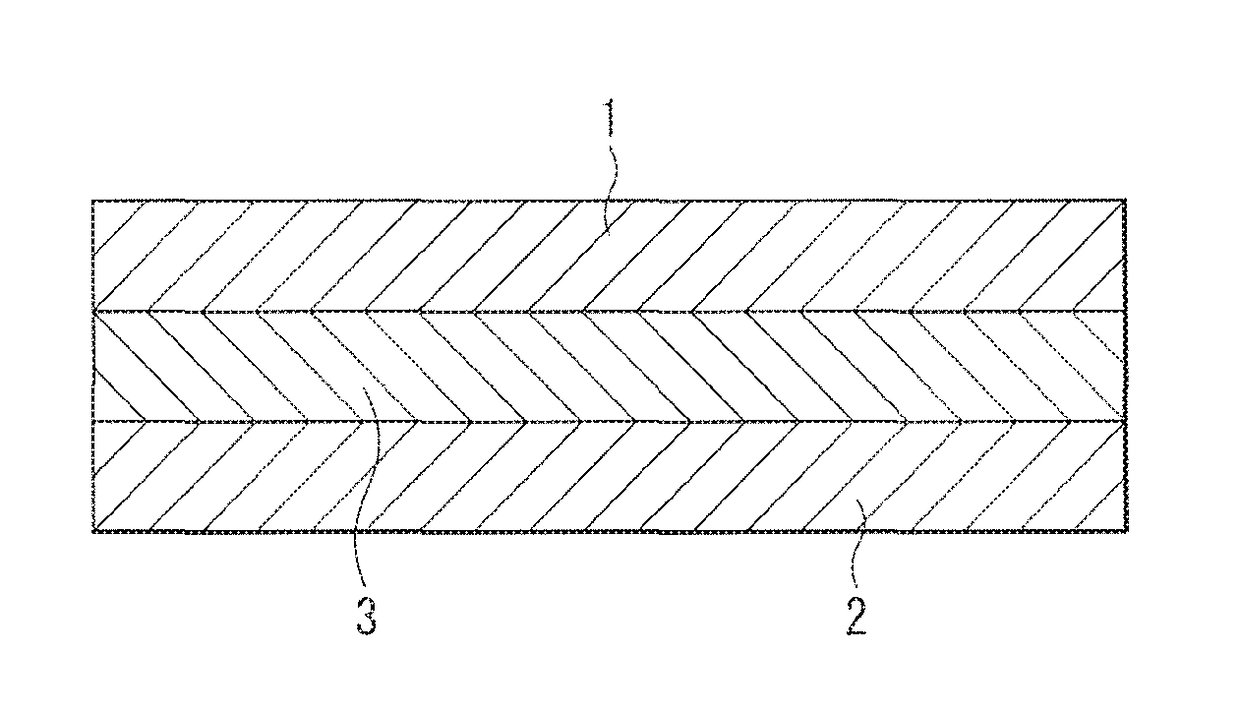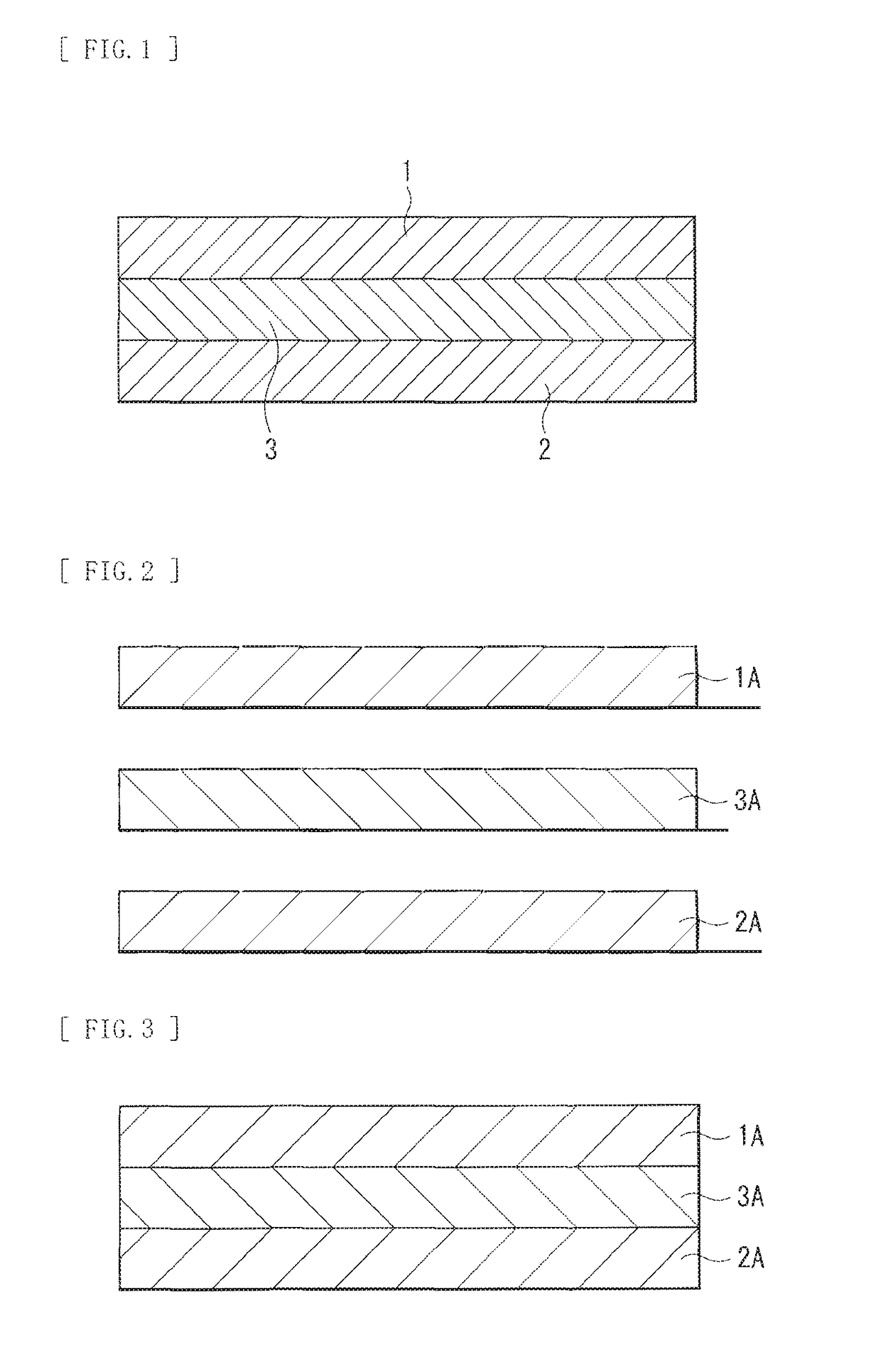Battery and method of manufacturing the same
a battery and manufacturing method technology, applied in the field of batteries, can solve the problems of easy lowering of battery performance, insufficient junction areas between particles, and difficult to meet the requirements of battery performance, and achieve the effects of reducing the number of particles, and reducing the number of ion channels
- Summary
- Abstract
- Description
- Claims
- Application Information
AI Technical Summary
Benefits of technology
Problems solved by technology
Method used
Image
Examples
examples
[0080]Description will be given for details of specific examples of the present technology.
examples 1 to 3
[0081]Pellet samples for measuring physical properties of solid electrolytes were fabricated by the following procedure, and ionic conduction thereof was compared to one another.
[0082]As illustrated in Table 1, as necessary, powder of an additive was added to powder of a solid electrolyte (Li1.3Al0.3Ti1.7(PO4)3: LATP). Subsequently, the resultant powder mixture was formed into a state of a pellet with the use of an oil pressing machine (pressure: 10 MPa). In these examples, B2O3 or a compound (an Li—B—O compound) having an Li—B—O bond was used as an additive, and the additive amount was 1 wt % with respect to the amount (100 wt %) of an active material. It is to be noted that in the case where the Li—B—O compound was formed, a cooling method was used, and the mixture ratio between Li2O and B2O3 was Li2O:B2O3=42.7:57.3. Subsequently, the resultant formed body was heated (at 475deg C. for 12 hours) in the atmosphere to obtain a test pellet sample. In these examples, when differential ...
PUM
| Property | Measurement | Unit |
|---|---|---|
| pressure | aaaaa | aaaaa |
| crystallization onset temperature | aaaaa | aaaaa |
| crystallization onset temperature | aaaaa | aaaaa |
Abstract
Description
Claims
Application Information
 Login to View More
Login to View More - R&D
- Intellectual Property
- Life Sciences
- Materials
- Tech Scout
- Unparalleled Data Quality
- Higher Quality Content
- 60% Fewer Hallucinations
Browse by: Latest US Patents, China's latest patents, Technical Efficacy Thesaurus, Application Domain, Technology Topic, Popular Technical Reports.
© 2025 PatSnap. All rights reserved.Legal|Privacy policy|Modern Slavery Act Transparency Statement|Sitemap|About US| Contact US: help@patsnap.com


